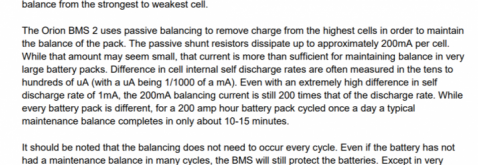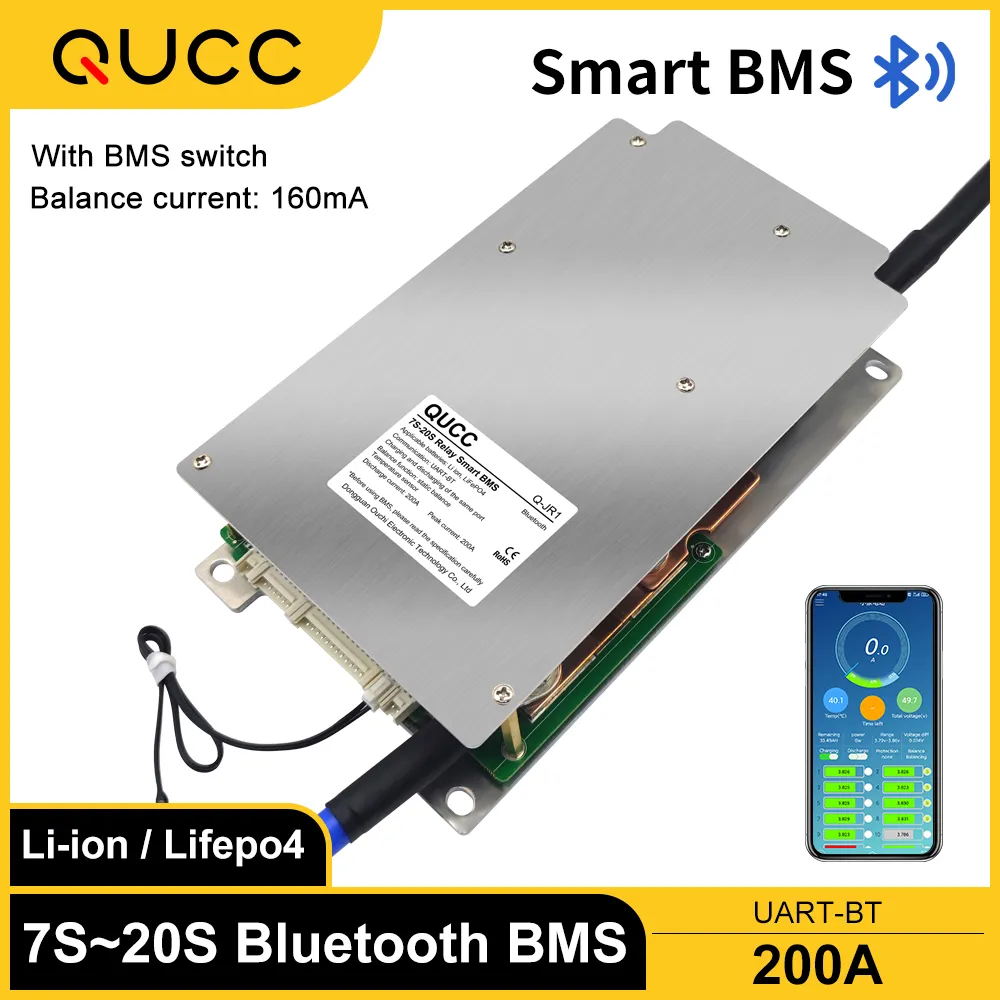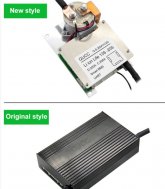You are absolutely wrong, writing that the BMS is the cheapest part in the installation.
A huge misconception.
It is the part that will protect your expensive cells.
Like ABS or airbag for a car.
You should not need ABS, but are happy to stop in time when you do use it.
Compare that to balancing.
A weak ABS breaking system will get you into accidents. (+ Your driving style and rest of the car)
Compare this to your installation, good contact of the bus-bar, and the charger (solar/hybrid/ ac-dc inverter, etc)
Ok. Your "car" gets in a tricky situation and the ABS isn't able to stop you on time. (Discharge the too high charged cell) after the crash, your seatbelt and Airbag makes you step outside alive.
That is to compare with the stopping mechanism of BMS.
And you are absolutely right that it never should be used.
Even balancing should hardly be needed.
When you know you can use just 50% of lead acid, using 70% of LiFePO4 is already a huge profit.
Car comparison again.
When you drive slow, careful and be on constant high alert, ABS is never needed, like seatbelt and Airbag, except extreme situation.
That is like using 70% of the cells.
When you do want to use 90%..
You need your ABS, Seatbelt and airbag in top quality and functionality.
So if you want BMS to follow the "regulations" sure, it's the cheapest part in the setup. Cheaper then the Bus-bars.
But don't expect it to really work.
80mA is cute, sweet and it does balance.
Works perfectly for 25-40Ah setup.
400Ah? 1000? Not so much.
1000Ah should have equivalent, makes it 2A balancing...
Turn off (airbag)
50A system, Mosfet works fine.
250A?
It will be in a constant overload situation, and just waiting to snap. If your car would not be able to start without airbag..
And it's a constant stressed part...
Many cars won't be driving today.
This is known, and anyone who stops to think about it can understand that there are limits how far you can stretch a system for low capacity.
In the car industry it is known that mosfets, way cheaper solution then contactors, aren't reliable.
We are not inventing the wheel here.
Old knowledge in new setup.
Why do you think a starter contactor is there? And not mosfet?
(SSR, solid state relay)
It was a dumb move from QUCC to use a starter contactor in their BMS.
Again a situation where it's abused beyond its intended use.
Starter contactor is build for shorter time contact, not continuous.
Abused like Mosfet, and so it failed.
Will all starter contactor fail in a year, abusing them as normal contactor?
Probably not. But it won't last your LiFePO4 lifetime.
The new version does have a normal contactor.
Yeey, they have seen the light!!!!
.....
There are good Daly BMS out there.
Will is extremely positive and strong in his encouragement to buy Daly.
And up to 100 A, he is correct.
The "dumb" units are a "set and forget" quality product.
"Their" smart is OEM, and was released Pre-mature.
As owner of one imperfect 150A "Smart"..
Unusable for my installation, as it requires to pre-charge the inverters.
(The "dumb" 250A didn't have that problem)
If that one didn't fail, I would still be using it. But it did.
After some investigation it turns out many units fail the first year. Many.
So sad
@Will Prowse doesn't do endurance test.
I sure like to know which one he uses in daily base as main protection.
The need for BMS is clear.
Also what it needs to do.
And sure, you can abuse components beyond intend.
it will work for a while, and if that is the safe feeling you like to have, buy one!!
Just don't expect it to really protect your cells.
Last month I rebuilded my LiFePO4 battery.
With the bad experience (defect and unusable/pre-mature) of the Daly my setup have worked without proper BMS too long.
it did have active balancer that I monitored closely via Bluetooth.
I used the "70%" and "drove like an old lady"
Yet I ended up buying 4 new 280Ah cells.
They aren't fully defective, re-usabble. They do have reduced capacity what would affect the capacity of the whole 560Ah setup.
$ 400,- extra spend...
Unneeded if I wouldn't have been better informed about BMS and the huge difference there is between S4 and S16 setup.
Daly isn't bad.
QUCC isn't bad.
both have products that never would have been released in USA or Europe. The companies would have been sued for malpractice.
Too high % fails to do it's job.
you are a smart man.
I'm sure you realise that the reactions in this forum aren't based on one YouTube video.
Most of us don't make YouTube video's.
I like to but mis the skillset to do any video editing.
I even fail in fast forward a section.
That's how good most people's video editing skills are.
I own/ have owned 7 different BMS.
And the new "spare" set have a simple mosfet based BMS.
$8,- including transport.
The maximum load will be 20A.
Charging with one 300w solar panel, PWM controller
And in this setup, the cheap BMS is perfect choice.
For our home, off grid, 1016Ah, +50 kWh LiFePO4...
That's a whole different ballpark.
It's pain wrong and stupid to even think to use the same products, just "upscaled" and expect it to work.
@Will Prowse , please do make a video about the huge difference between "RV" or "emergency power" (lower capacity) setup and high capacity installation.
FYI, a 100Ah LiFePO4 cell puts out over 1000A at a full short.
Tenfold.
Remember that when you are playing with the cells, that one 280ah cell will onload with +/- 9000 watts.
If you ever have played or seen electronic device/equipment using 5000 watt and more, and the amount of security related systems are installed to operate them safely...
You can do the math.
What do you expect for 100 bucks?
And how high do you expect the quality and R&D from Chinese companies is?
One Daly split port , using contactors to switch is a perfect solution that keeps discharge available if charge is too high and stoped.
One quality 300A breaker is $125,-
Cheap knock-off $45.
That already brings you over 100$
Next step is the balancing, where 80mA is good for 40ah cells.
You do your math on how much you need for your setup.
My 1000Ah will need 2.5A to be able to keep the pack balanced.
It happens to be that I have 2 sections, 456 and 560Ah
Each section 1.5A passive balance and 1A active balancing.
Total of 5A.
This is after a year of learning and replaced 3 152Ah and 4 280Ah cells.
Replacements that would not have been needed if I didn't get the wrong impression from Will and other solar gurus how size doesn't matter.
It does.
It massively impacts the tools and equipment you need to use.
You are planning to build 4 X S16 280Ah.
Over 1000Ah battery.
Don't be misguided by thinking it's just 10 X 100Ah.
I really do wish I had video editing skills.
If you need to gain the knowledge from YouTube...
Sadly not a lot of good videos out there with +1000Ah installations.








